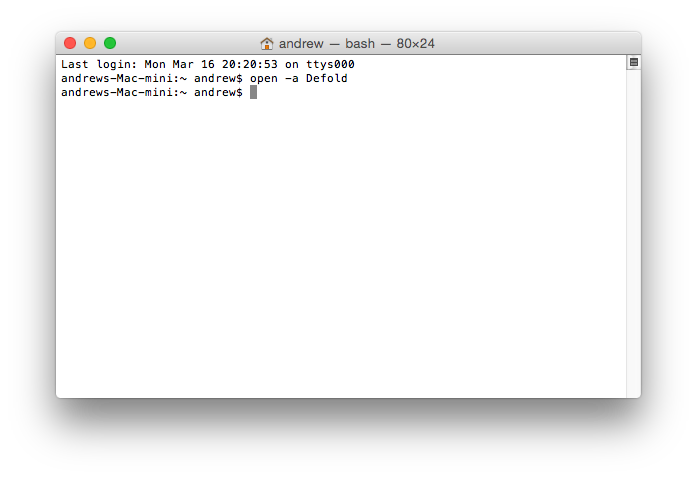


You should see the output looking something like this: Now, quit the terminal. zhsrc file is executed at shell’s startup, so every time you open a new terminal with Z-shell, the JAVA_HOME environment variable is set and PATH environment variable is updated.Now you can type java -version or javac -version to verify. And I suppose that you have JDK installed in jdk-17.0.1.jdk directory, which is in your home directory. zshrcThen type the following commands as content of the file:Įxport JAVA_HOME=$HOME/jdk-17.0.1.jdk/Contents/HomeĮxport PATH=$JAVA_HOME/bin:$PATHNote that the HOME environment variable refers to your user home directory. zshrc) in your user home directory, using the following command in terminal:Ĭat >. Firstly, you need to create a Z-shell resource file (. Set JAVA_HOME permanently in Z-shellZ-shell (zsh) is the default shell in latest macOS operating systems.

And I suppose that you already have JDK (Java Development Kit) installed. If you exit the terminal and open a new one, you will the changes lost.So how to permanently set JAVA_HOME and update PATH environment variables on macOS / Linux? Read on to know how. Setting up JAVA_HOME environment variable is the very first thing, which every programmer should know how to do in order to get started with Java development, as many Java-based applications, tools and libraries depend on JAVA_HOME.In this article, I’d like to share with you guys, about how to setup JAVA_HOME environment variable on macOS / Linux operating system, with both Bash shell and Z-shell.Basically, you can use the following commands in a terminal for setting JAVA_HOME and updating PATH environment variables:Įxport JAVA_HOME=$HOME/jdk-version/Contents/HomeĮxport PATH=$JAVA_HOME/bin:$PATHHowever, these commands have effect only in the current session.


 0 kommentar(er)
0 kommentar(er)
